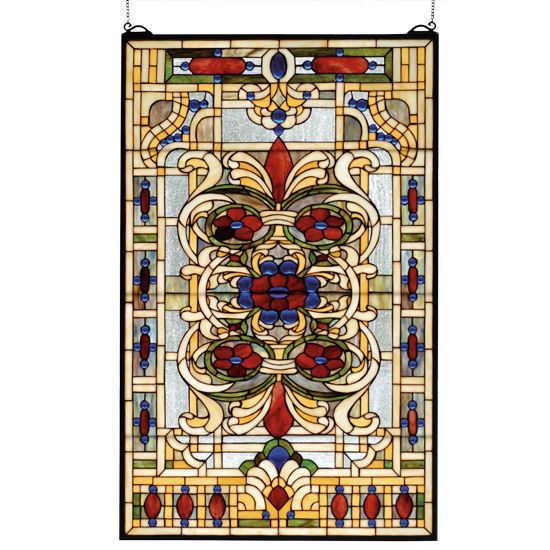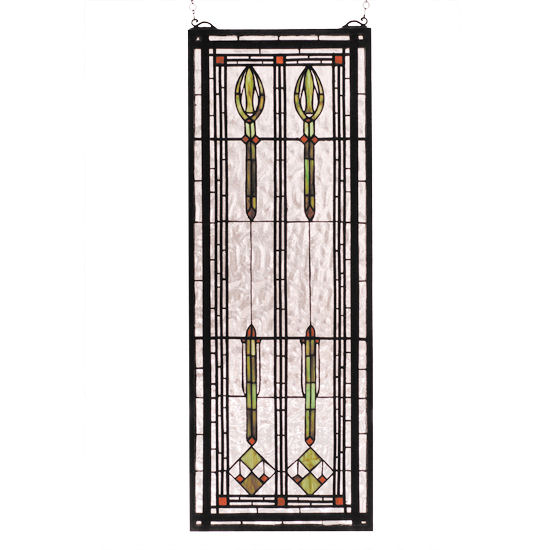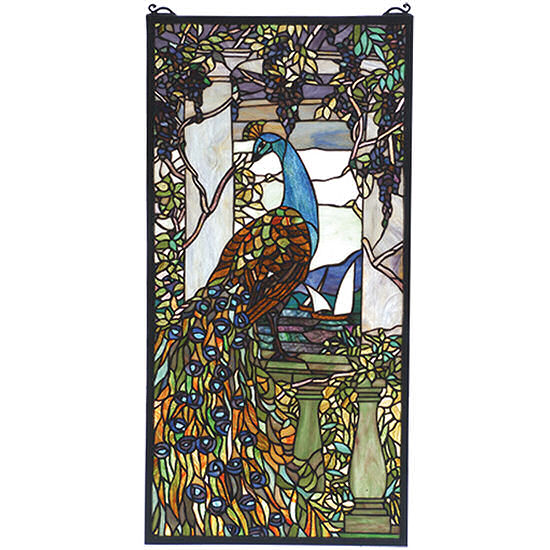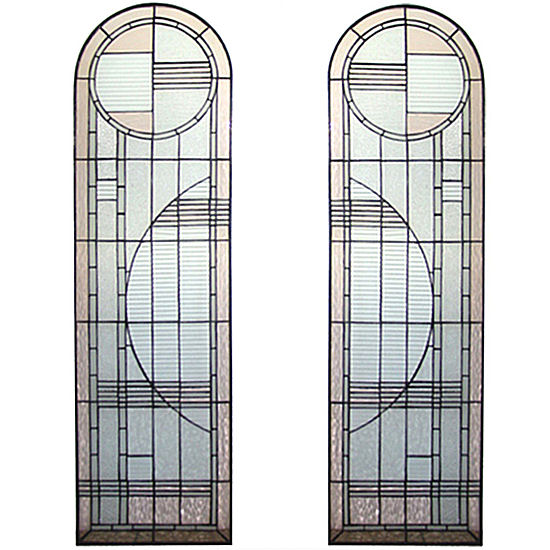Stained Glass Types – Fashions are made and unmade. And this adage is confirmed just as well in the long history of stained glass. Even if the term fashion is not entirely applicable to the world of stained glass, we can however speak of real movements. Whether for religious stained glass or for so-called ‘civil’ windows, certain eras have imposed their own style. Small summary of stained glass styles over the centuries.
GOTHIC / MEDIEVAL STYLE
The Gothic stained glass windows testify to the will of religious education of its sponsors. They can be considered as real comics dealing with the Bible and sometimes even with everyday life in the Middle Ages. Larger and more complex than the stained glass windows of the Romanesque period, they still retain an assembly of square or circular medallions which represent scenes from the life of Christ or the Virgin. These scenes are lined with rich and varied plant motifs.
The palette of colors revolves mainly around strongly contrasting blues and reds. Green, purple and silver yellow are also added. The most beautiful stained glass windows representative of this style can be admired at Chartres Cathedral or at the Sainte Chapelle in Paris.

Medieval Stained Glass – 22″W X 35″H Estate Floral Tiffany Stained Glass Window
CISTERCIAN STAINED GLASS
Cistercian art strikes by its simplicity and its stripping in accordance with the spiritual rules of this religious order founded at the end of the 11th century. Thus the stained glass windows of the Cistercian abbeys are most often colorless and draw geometric figures, arabesques, interlacing and plants. Representations and the cross are excluded. Until the 13th century grisaille was frequently used for the canopies of Cistercian buildings. One can admire today in the abbeys of Fontenay or Pontigny representative stained glass windows of this style.

Hanging Stained Glass Panels – 11″W X 30″H – Spear of Hastings – Stained Glass Window
THE ART NOUVEAU STYLE
Art Nouveau is an artistic movement that appeared in Europe and the United States at the end of the 19th century. Born in reaction to industrialization and standardization, it is characterized by the use of curves, sinuous lines, and multiple plant or animal forms (flowers, trees, insects …). He takes nature as a reference. Art Nouveau stained glass windows offer a very wide range of colors. The most famous glass artists are undoubtedly Jacques Gruber (co-founder of the School of Nancy and master glassmaker in France) and Louis Comfort Tiffany in the United States (inventor of the Tiffany technique).
Illustration: “Le Printemps”. Stained glass window by Felix Gaudin, after Eugène Grasset (1894). Museum of Decorative Arts – Paris

Art Nouveau – 15″W X 30″H Tiffany Peacock Wisteria Stained Glass
THE ART DECO STYLE
Born in the 1920’s, Art Deco is a worldwide artistic movement which develops against the organic forms of Art Nouveau. It concerns architecture as well as interior decoration. Thus the Art Deco stained glass uses geometric shapes with sharp angles, rounded, or with cut sides. The color range is limited: neutral tones beige, gray, black or yellow for the most part. Particular importance is given to the choice of so-called ‘printed’ glasses: fine, mineral, irregular, frosted textures: the choice of glasses and their use are endless. The Art Deco stained glass is more sober, more stripped down. The great master glass makers representative of Art Deco are the French Jacques Grüber (again him) or Louis Barillet.

Pair of Stained Glass Windows – Art Deco – each one 15″W X 54″H